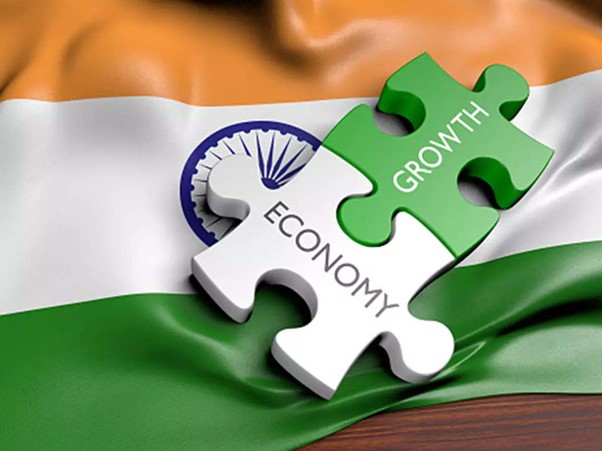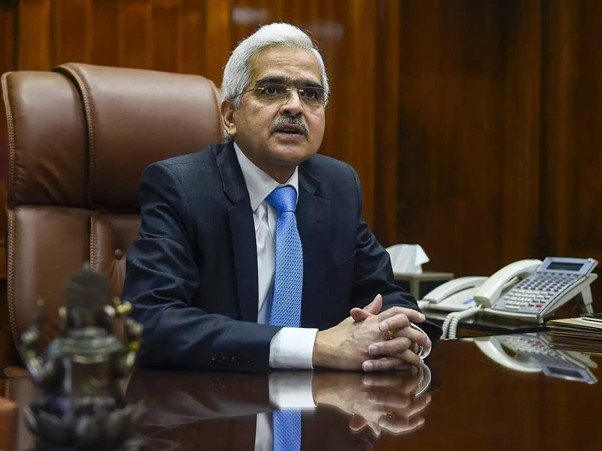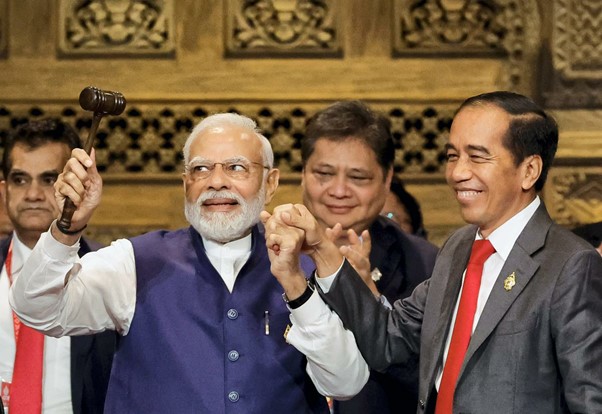In October of 2022, the International Monetary Fund (IMF) published its report in preparation for the G20 summit, and it saw some of the bleakest forecasts regarding global economic growth since the 2007-2008 financial crisis. Triggered by various geo-political incidents like Russia’s invasion of Ukraine and Britain’s financial deterioration, IMF cut its forecasted global growth to 2.7% from 2.9% for 2023-2024.
The global economic scenario is now characterised by a sense of uncertainty regarding the future, with the threat of ever-increasing inflation making prices of basic needs unviable. As most of the world is still recovering from the recession caused by the COVID-19 pandemic, China’s situation remains very worrisome; because of a drop in consumption due to its ‘zero- COVID’ policy and ongoing instability in the real estate sector, bond markets around the world signal for recession and risk appetite of investors, which boosts capital formation, and development in nations have significantly reduced.

What can be understood from the above are signs of a ‘multipolar’ world, both in terms of economy and geo-political stature. With nations like China, Russia, Saudi Arabia and India stepping up and playing a more significant role in determining the status quo of global political relations and posing a threat to American hegemony, massive changes in the economies of these countries and other nations are to be expected. Overall, a global ‘slowdown’ is anticipated in many countries and has begun to show its first signs in some of the developed nations (USA, Germany).
The effects of global economic issues have marked their presence in the economy of India as well; with the Reserve Bank of India raising the repo rate by 35 points in December 2022. The RBI governor Shaktikanta Das blamed the issues of the global economy, which is severely affected by shocks in investments and looming uncertainty, causing volatility in the financial markets of India. However, he added that India’s economy will remain resilient in the face of global macroeconomic instability.
It is precisely this confidence in India’s growth that investors are looking to rely on, surpassing the need for China, especially in manufacturing sectors. This notion is referred to as the ‘China+1’ strategy, where companies seek to actively disinvest in China and diversify their markets. India is positioned as one of the best alternatives in the manufacturing sector, with the Modi government actively seeking out for investors in key sectors of IT consulting, electronics manufacturing and industrial components. It is obvious to investors that India, having scripted one of the biggest growth stories among Asian countries in the past decade, is an emerging market that seeks to diversify from its traditional agriculture-focused exports.
Its ranking in the industrial competitiveness indices and ease-of-doing-business measures have exponentially increased in recent years, providing evidence to the fact that the country can act as a safe haven for industrialists in the coming years. India’s star-up ecosystem and its massive growth is another indicator of indigenous innovation and competitiveness, with the number of unicorn start-ups reaching 108 in September 2022, and registered start-ups reaching record numbers in the recent years.

However, it is difficult to avoid the challenges that the IT sector is facing, when giants like Meta, Alphabet Inc. (parent companies of Facebook and Google respectively), Amazon are expected to conduct mass layoffs for its Indian operations, resulting in a loss of thousands of jobs. This is especially alarming when the official unemployment rates among educated youth in the nation has increased, putting more pressure in the job market.
The nation is yet to find a feasible solution to the hunger crisis (India is ranked 107th among 121 countries in the Global Hunger Index 2022) haunting both urban and rural poor, and struggles to secure basic needs and amenities for large portion of its citizens. India may have a large number of millionaires and billionaires, but to date, also has one of the largest populations living under the poverty line. Severe income inequality has been a glooming reality since Independence and has not shown signs of abating any time soon.

It is in this juncture that India takes over the presidency at the G20 summit from Indonesia on 1st of December 2022, a major indication of its obvious relevance in the global economic forum. Faced with a world that that looms under the threat of recession and political instability, India’s relevance will depend on its ability to leverage liquidation and financial support for affected economies and sectors while advancing on its own development goals.
According to the 2031 outlook for India by Morgan Stanley, boosting the manufacturing sectors will benefit India greatly in the coming future, while mitigating global risks regarding necessary exports. India’s energy surplus status is another plus point that will aid the growth of newer manufacturing units by multinational companies and facilitate the growth of domestic firms as well. Avenues of growth in digital technology and renewable energy will go a long way in securing a future of job opportunities and economic advancement in the long-term perspective. Thus, given the nature of global economic trends, India should focus on its competitive advantages and explore long-term avenues of growth to utilize its current position in the global economy and stay relevant in the coming years.
Written by Alan Joseph Benny
Edited by Labdhi Shah
